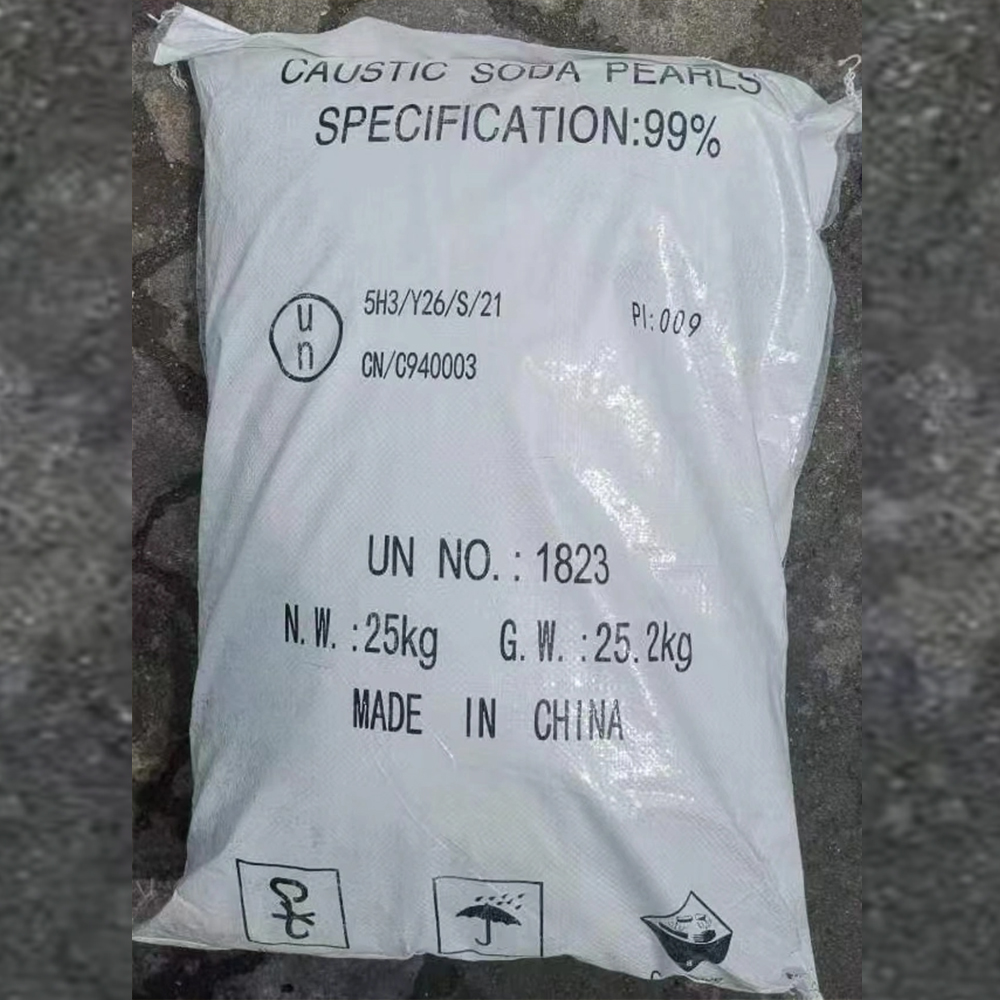



Effective Water Purification Solutions Using Specialized Cleaning Chemicals for Safe Drinking Water
Water Cleaning Chemicals Ensuring Safe and Clean Water for All
Water is one of the most vital resources on our planet. It is essential for human consumption, agricultural production, industrial processes, and maintaining ecosystems. However, with increasing pollution and contaminants entering our water systems, the need for effective water cleaning chemicals has never been more critical. These chemicals play a crucial role in the purification processes, ensuring that we have access to safe and clean water.
Water cleaning chemicals encompass a wide range of substances designed to remove impurities and contaminants from water. They can be categorized into several groups based on their functionality, including disinfectants, coagulants, flocculants, and pH adjusters. Each of these chemicals serves a distinct purpose in the treatment of water.
Disinfectants, such as chlorine, ozone, and ultraviolet (UV) light, are used to eliminate pathogens, including bacteria, viruses, and protozoa that can pose serious health risks. Chlorination has been a common practice for decades, effectively killing harmful microorganisms in drinking water. However, excessive chlorine can lead to the formation of by-products that may be harmful. Therefore, researchers are continually seeking safer alternatives, such as ozone treatment, which disinfects without leaving harmful residues.
Coagulants are chemicals used to aggregate suspended particles in water, which helps remove them more efficiently. Common coagulants include aluminum sulfate and ferric chloride. When added to turbid water, these chemicals cause fine particles to clump together, allowing them to settle out or be filtered out more easily. This process is essential for improving water clarity and removing contaminants before it undergoes further treatment.
water cleaning chemicals

Flocculants work in conjunction with coagulants by promoting the agglomeration of particles into larger clusters, called flocs, which can be easily separated from the water. Polymers are often used as flocculants in water treatment processes. The efficient removal of particles through flocculation is crucial in both drinking water treatment and wastewater treatment facilities.
pH adjusters, such as acids and bases, are essential in maintaining the proper acidity or alkalinity of water. The pH level can significantly influence the effectiveness of other water treatment chemicals. For example, if water is too acidic, it can corrode pipes, while highly alkaline water can hinder the disinfection process. Consequently, managing pH levels is vital for ensuring the overall efficacy of the water treatment process.
The use of water cleaning chemicals is not limited to municipal water treatment plants. Industries, agricultural operations, and even individual households employ chemical solutions to treat water. For example, aquaculture facilities use water treatment chemicals to maintain a healthy environment for fish, while farmers apply treatments to ensure irrigation water is free of harmful pathogens.
Despite their many benefits, it is crucial to handle water cleaning chemicals with care. Over-reliance on chemicals can lead to environmental concerns, such as chemical runoff into natural water bodies. Therefore, it is essential to integrate sustainable practices, such as using biodegradable and environmentally-friendly products whenever possible.
In conclusion, water cleaning chemicals are indispensable in our quest to provide safe and clean water to communities around the globe. With ongoing advancements in technology and a growing emphasis on sustainability, the future of water treatment looks promising. By continuing to innovate and improve our methods, we can protect this precious resource for future generations, ensuring that everyone has access to the clean water they need to thrive.
-
Why Sodium Persulfate Is Everywhere NowNewsJul.07,2025
-
Why Polyacrylamide Is in High DemandNewsJul.07,2025
-
Understanding Paint Chemicals and Their ApplicationsNewsJul.07,2025
-
Smart Use Of Mining ChemicalsNewsJul.07,2025
-
Practical Uses of Potassium MonopersulfateNewsJul.07,2025
-
Agrochemicals In Real FarmingNewsJul.07,2025
-
Sodium Chlorite Hot UsesNewsJul.01,2025










